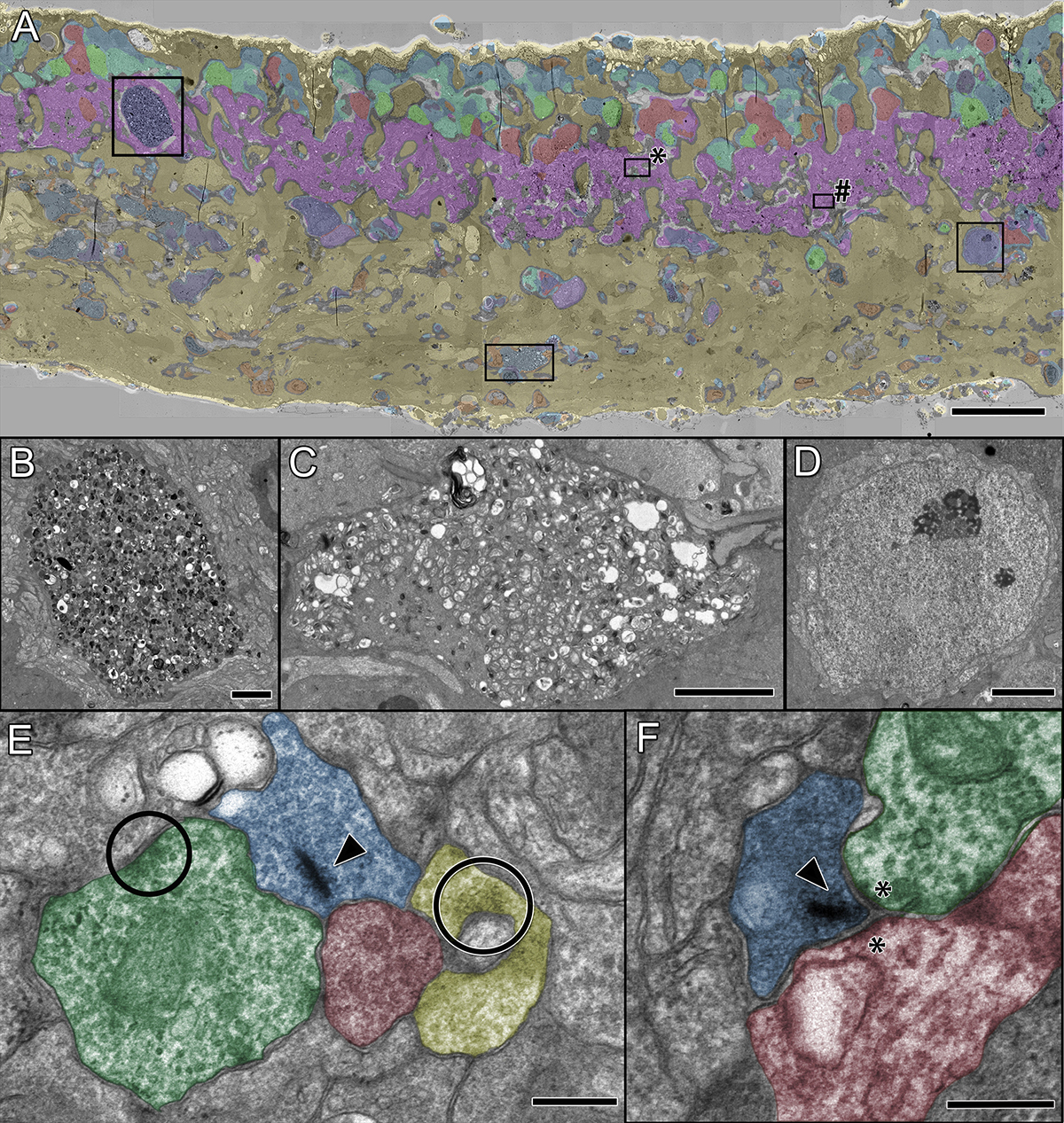We have a new manuscript out in Progress In Retinal And Eye Research, Persistent Remodeling And Neurodegeneration In Late-Stage Retinal Degeneration.
Authors: Rebecca L. Pfeiffer, Robert E. Marc, and Bryan William Jones.
I’m really proud of the work that Becca did on this manuscript. It does a couple of important things including summarizing the field of retinal remodeling, but also introducing some new data that plants a flag to define retinal degeneration and retinal remodeling as the first steps in what becomes progressive neurodegeneration. We view the retina as an excellent model to begin exploring diseases like Alzheimer’s, Parkinson’s, and other progressive neurodegenerative diseases. In addition, Becca also demonstrates a new potential mechanism for misfolded proteins, that may point the way for how proteinopathies spread.
Abstract: Retinal remodeling is a progressive series of negative plasticity revisions that arise from retinal degeneration, and are seen in retinitis pigmentosa, age-related macular degeneration and other forms of retinal disease. These processes occur regardless of the precipitating event leading to degeneration. Retinal remodeling then culminates in a late-stage neurodegeneration that is indistinguishable from progressive central nervous system (CNS) proteinopathies. Following long-term deafferentation from photoreceptor cell death in humans, and long-lived animal models of retinal degeneration, most retinal neurons reprogram, then die. Glial cells reprogram into multiple anomalous metabolic phenotypes. At the same time, survivor neurons display degenerative inclusions that appear identical to progressive CNS neurodegenerative disease, and contain aberrant α-synuclein (α-syn) and phosphorylated α-syn. In addition, ultrastructural analysis indicates a novel potential mechanism for misfolded protein transfer that may explain how proteinopathies spread. While neurodegeneration poses a barrier to prospective retinal interventions that target primary photoreceptor loss, understanding the progression and time-course of retinal remodeling will be essential for the establishment of windows of therapeutic intervention and appropriate tuning and design of interventions. Finally, the development of protein aggregates and widespread neurodegeneration in numerous retinal degenerative diseases positions the retina as a ideal platform for the study of proteinopathies, and mechanisms of neurodegeneration that drive devastating CNS diseases.
